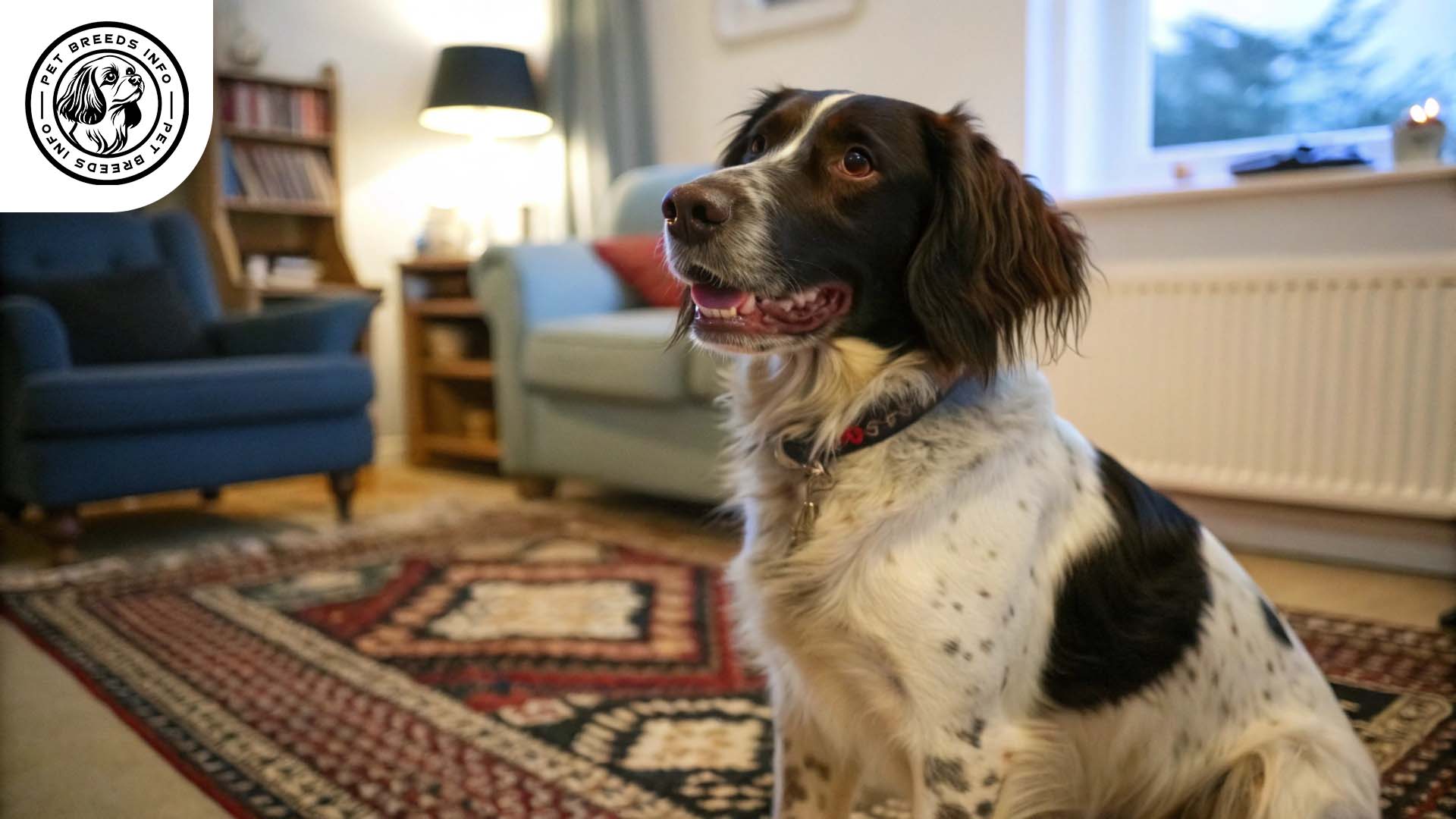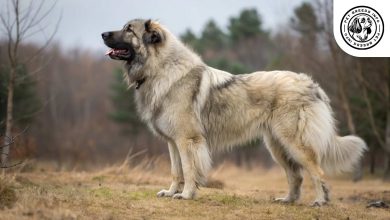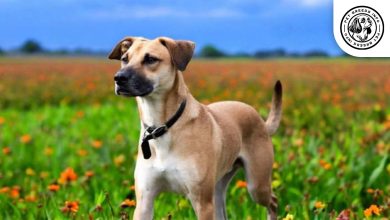Drentsche Patrijshond Dog Breed: Size, Health, Price & Personality
General Introduction of the Breed
The Drentsche Patrijshond, also known as the Dutch Partridge Dog, is a versatile hunting breed from the Netherlands. Developed in the 16th century, it was primarily used for hunting and retrieving game birds. Its ancestry traces back to the dogs brought to the Netherlands from Spain and France. Over the years, the breed was selectively bred to maintain its exceptional hunting skills, intelligence, and affectionate temperament.
Table of Contents
| Weight | 40-73 lbs (18-33 kg) |
| Lifespan | 12-14 years |
| Diet | High-quality kibble, wet food, or raw diet |
| Care | Moderate grooming, regular exercise, hygiene |
| Health | Prone to hip dysplasia, elbow dysplasia, PRA, ear infections |
| Color | Predominantly white with brown patches, possible speckles/roan |
| Nature | Intelligent, affectionate, energetic, family-friendly |
| Price | $1,000 – $2,000 (puppies from breeders) |
Physical Characteristics
The Drentsche Patrijshond is a medium-sized breed. Males typically stand between 22 to 25 inches tall and weigh between 50 to 73 pounds, while females are slightly smaller at 20 to 24 inches in height and 40 to 63 pounds in weight. It has a long, slightly wavy coat that is predominantly white with brown patches. Some dogs also feature speckles or roan markings. Their eyes are oval-shaped and commonly amber to dark brown in color. Their ears are medium-sized, hanging close to the head, and their tail is usually carried slightly curved upward.
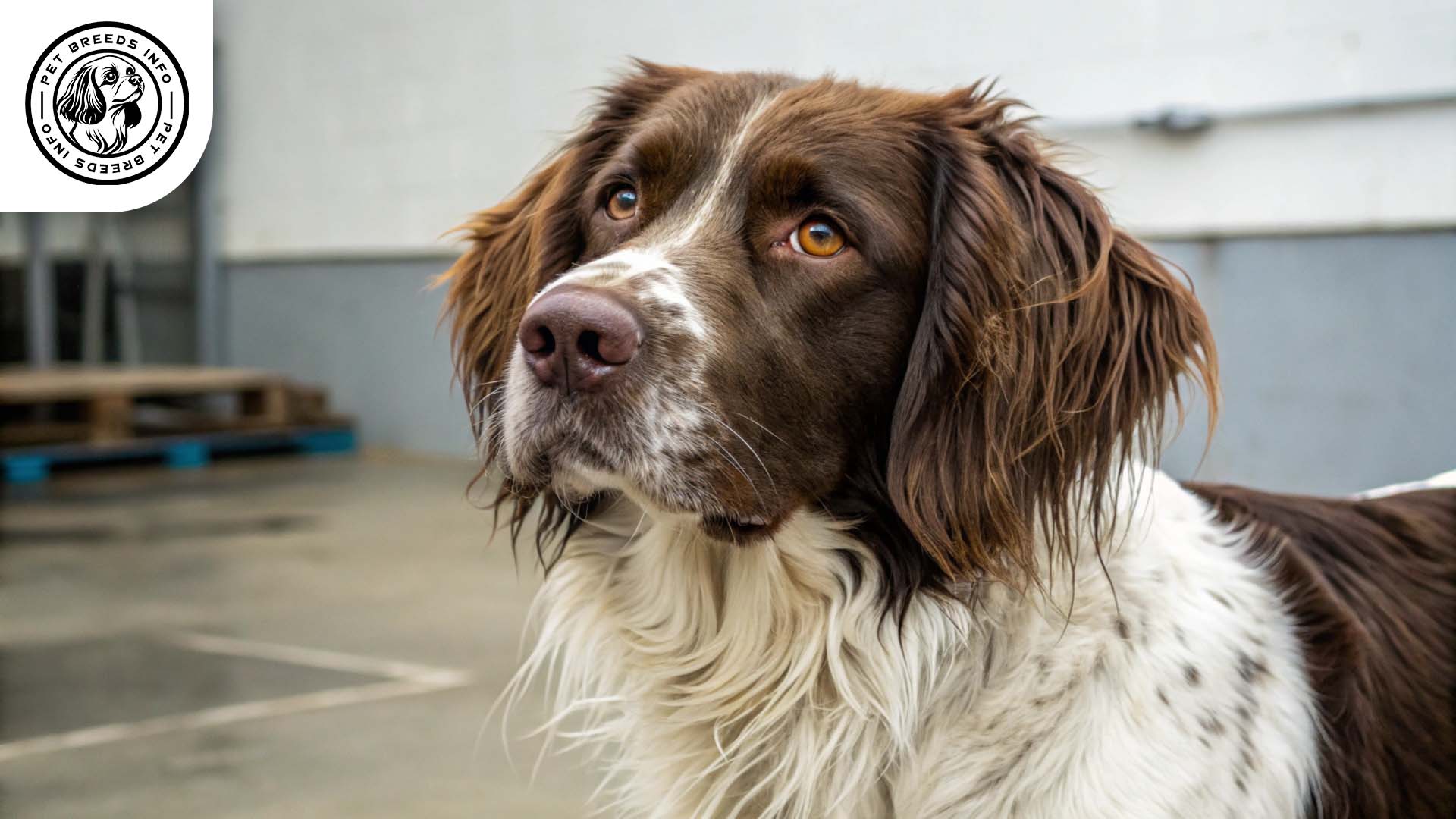
Personality and Temperament
This breed is highly intelligent and eager to learn, making it fairly easy to train. Known for its affectionate nature, the Drentsche Patrijshond forms strong bonds with its family. It has a high energy level and requires regular exercise to stay happy. It is friendly with people, including children, and interacts well with other pets if properly socialized. However, due to its strong hunting instincts, it may have a tendency to chase small animals. The breed is quite sensitive to environmental changes and prefers a stable, loving home.
Read More: Croatian Sheepdog
Care and Maintenance Requirements
The Drentsche Patrijshond needs plenty of physical and mental exercise. Daily long walks, play sessions, and occasional off-leash running in secure areas are ideal. While it can adapt to apartment living with sufficient exercise, a home with a yard is preferable. Its coat requires moderate grooming, with brushing needed a few times per week to prevent tangles. Shedding levels are moderate. Owners should also be mindful of temperature extremes, as the breed may struggle in excessive heat. Regular bathing, nail trimming, ear cleaning, and dental care are important to maintain overall hygiene.
Diet and Nutrition
A balanced diet is essential for this breed. High-quality dry or wet dog food is recommended, and some owners opt for raw or natural diets. The breed does not have major dietary restrictions but should avoid foods like chocolate, grapes, onions, and excessively fatty foods. Portion control is important, with adult dogs typically consuming two meals per day, while puppies require more frequent feeding.
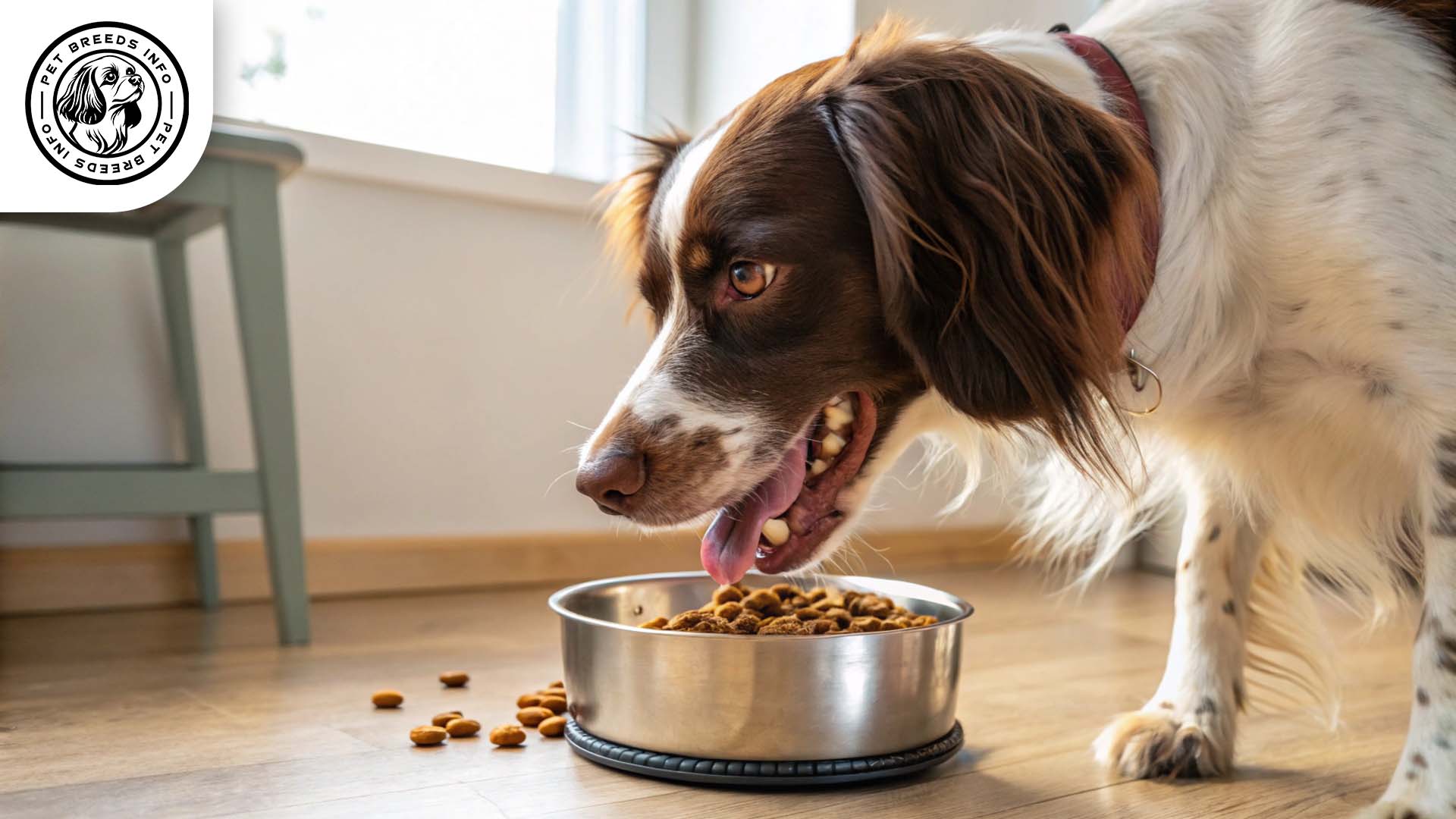
Health and Common Medical Issues
The Drentsche Patrijshond is typically a healthy breed with a lifespan of 12 to 14 years. However, it may be prone to hip dysplasia, elbow dysplasia, ear infections, and progressive retinal atrophy (PRA). Regular veterinary checkups, vaccinations, and parasite control are necessary to maintain good health. Owners should ensure the dog receives appropriate exercise and a well-balanced diet to prevent obesity and joint issues.
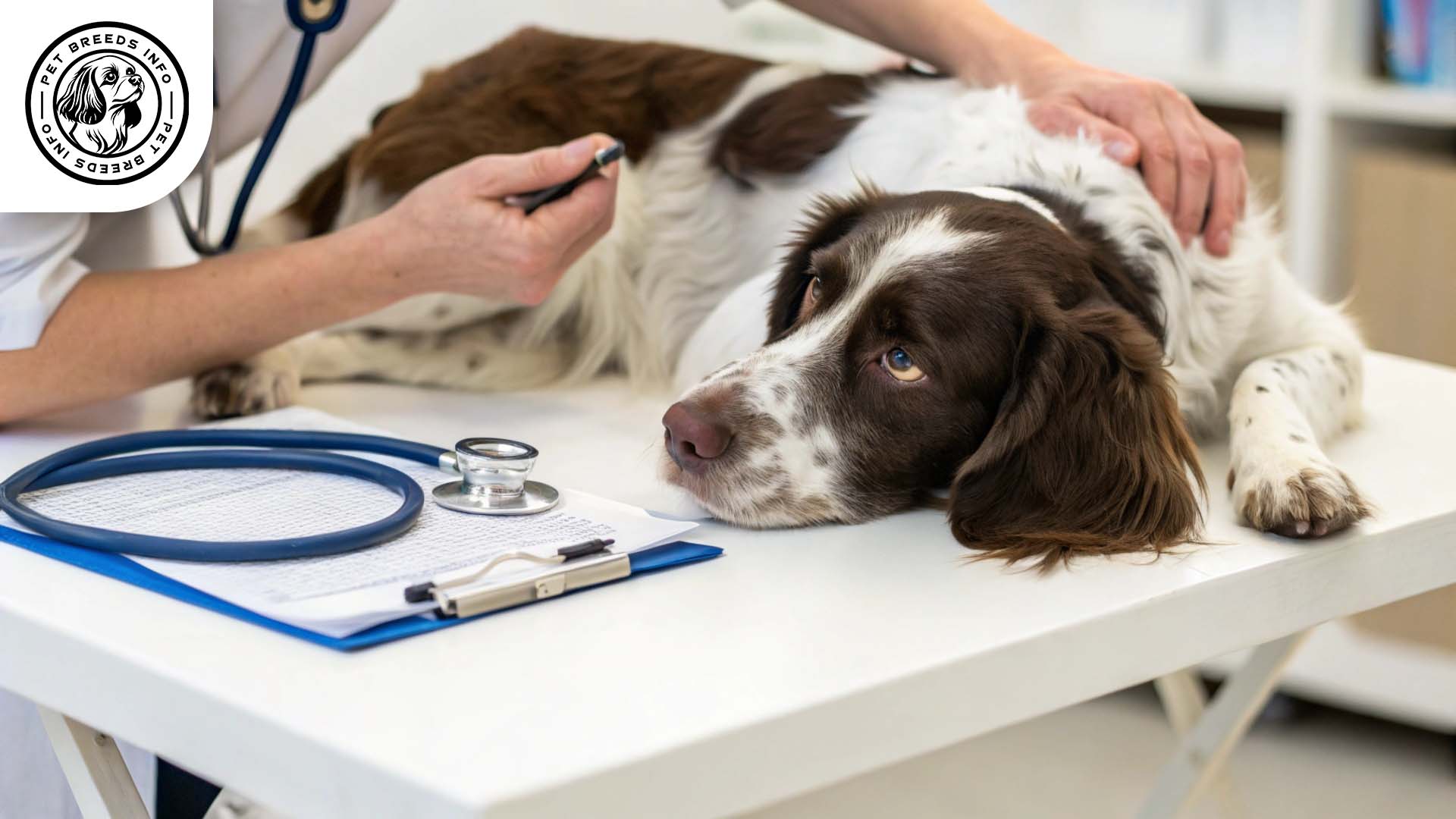
Training and Behavior Management
The Drentsche Patrijshond is relatively easy to train due to its intelligence and eagerness to please. Early training and socialization are essential to prevent stubbornness. Positive reinforcement methods, such as treats and praise, work best with this breed. Training should focus on obedience, social skills, and mental stimulation. Consistency and patience are key to reinforcing good behavior.
Read More: Cirneco dell’Etna Dog
Interaction with Other Animals and Humans
This breed is excellent with children and enjoys family activities. It generally gets along well with other dogs, though early socialization is recommended. It may not be ideal in homes with small pets like rabbits or rodents due to its strong hunting instincts. The Drentsche Patrijshond thrives in a family setting and tends to form close attachments, making it less suited for owners who are frequently away for long periods.
Price and Availability
The cost of a Drentsche Patrijshond puppy typically ranges between $1,000 and $2,000, depending on the breeder, lineage, and location. It is a relatively rare breed outside the Netherlands, so potential owners may need to seek reputable breeders or specialized breed clubs. Adoption is also an option, though availability in shelters may be limited.
Conclusion and Final Thoughts
The Drentsche Patrijshond is a wonderful companion for active families, experienced owners, and hunters. Its affectionate nature, intelligence, and obedience make it a joy to train and integrate into family life. However, due to its needs for exercise and companionship, it is best suited for homes where it will receive adequate attention. Prospective owners should consider the breed’s high energy levels and grooming requirements before making a commitment. With the right care and training, this loyal and loving breed will make an excellent lifelong companion.
Read More: Bolognese Dog
FAQ
How much exercise does a Drentsche Patrijshond need?
This breed needs daily long walks, playtime, and occasional off-leash running to stay happy.
Is the Drentsche Patrijshond good with children?
Yes, it is affectionate and great with kids, making it an excellent family pet.
Does the Drentsche Patrijshond require a lot of grooming?
Moderate grooming is needed, with brushing a few times per week to prevent tangles.
What are common health issues in this breed?
Hip dysplasia, elbow dysplasia, progressive retinal atrophy (PRA), and ear infections are the most common concerns.
Is the Drentsche Patrijshond suitable for apartment living?
It can adapt, but a home with a yard is preferred due to its high energy levels.
